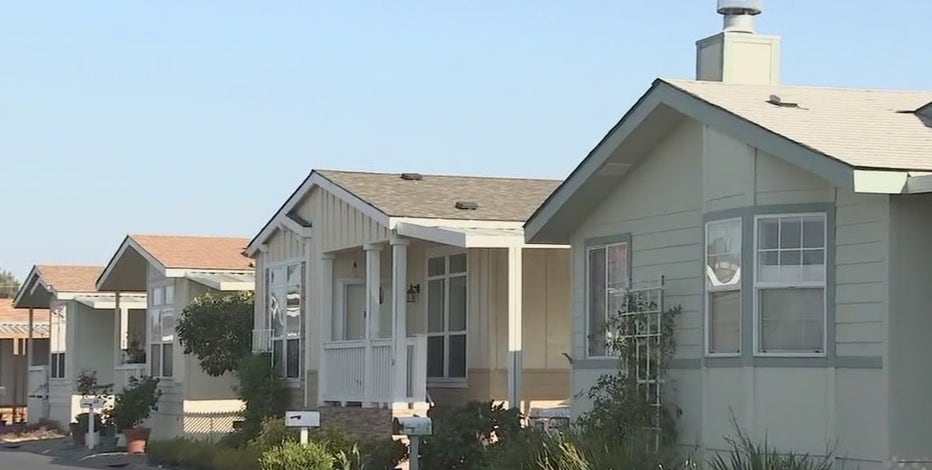Takeaways about heat deaths and vulnerable older people
SUN LAKES, Arizona - Heat waves fueled by climate change are arriving earlier, growing more intense and lasting longer, creating higher risks of illness and death for older people who are especially vulnerable to hot weather.
In America’s hottest big metro, older people accounted for most of the people who died last summer in broiling heat inside their homes, almost all without air conditioning. The heat dangers well known in greater Phoenix are becoming known familiar nationwide.
Some takeaways:
Why are older people more likely to die from the heat?
People ages 60 and over tend to have more chronic conditions like diabetes, heart disease and kidney problems than younger people. Those conditions can be made worse by high temperatures because as the heat index rises, it becomes harder to cool off the body.
Medicines that many older people use to treat chronic ailments, such as diuretics for high blood pressure, can also make them more vulnerable to the heat.
Older people can have mobility issues, which can make it hard to get help when it is needed during an extreme heat event. And they tend to live alone and be more socially isolated, which means other people may not know they are in distress and provide the relief they need before it is too late.
How does climate change figure into this?
Global warming is leading to more intense and longer lasting heat waves in areas once accustomed to milder weather, with one study showing that dangerous heat in the coming years will increasingly hit many parts of the world at least three times as hard as climate change worsens.
Another study in recent years estimated more than a third of U.S. heat deaths each year can be attributed to human-caused global warming. It found more than 1,100 deaths a year from climate change-caused heat in U.S. cities where people often don’t have air conditioning or are not acclimated to hot weather.
What are notable examples of heat-associated deaths?
The most dramatic example of a deadly heat-associated disaster in the United States occurred in Chicago in 1995. That summer, more than 700 people, most of them older Black people, died alone in apartments that were transformed into ovens.
Also in Chicago, three African American women in their 60s and 70s died in spring 2022 when the centrally controlled heating in their housing complex remained on and the air conditioning was off despite unseasonable 90-degree (32 C) weather in mid-May.
An undetermined number of older people died during the summer of 2021 when an unexpected heat wave swept across the U.S. Pacific Northwest. Canada reported that coroners confirmed more than 600 people died from the heat in neighboring British Columbia.

A pedestrian uses an umbrella to get some relief from the sun as she walks past a sign displaying the temperature on June 20, 2017 in Phoenix, Arizona. (File photo by Ralph Freso/Getty Images)
How can older people be better protected from the heat?
Phoenix and many other U.S. cities have long had plans in place to protect people during heat waves, usually by taking steps like opening cooling centers and distributing bottled water.
Health clinics, utilities and local governments are finding new ways to help keep older people safe when temperatures soar.
The clinics are working to improve communication with at-risk people living alone so they know how to better handle the extreme heat. Local governments and non-profit organizations also try to help with free repair or replacement of non-functioning air conditioners for low-income people.
In some jurisdictions, low-income people can also find private or public funds to pay utility bills so they can keep their air conditioning running. Regulations and laws proposed after extreme heat deaths of older people in metro Phoenix and Chicago can also help keep the air conditioning on.
This report was written with the support of a journalism fellowship from The Gerontological Society of America, The Journalists Network on Generations and The John A. Hartford Foundation.



